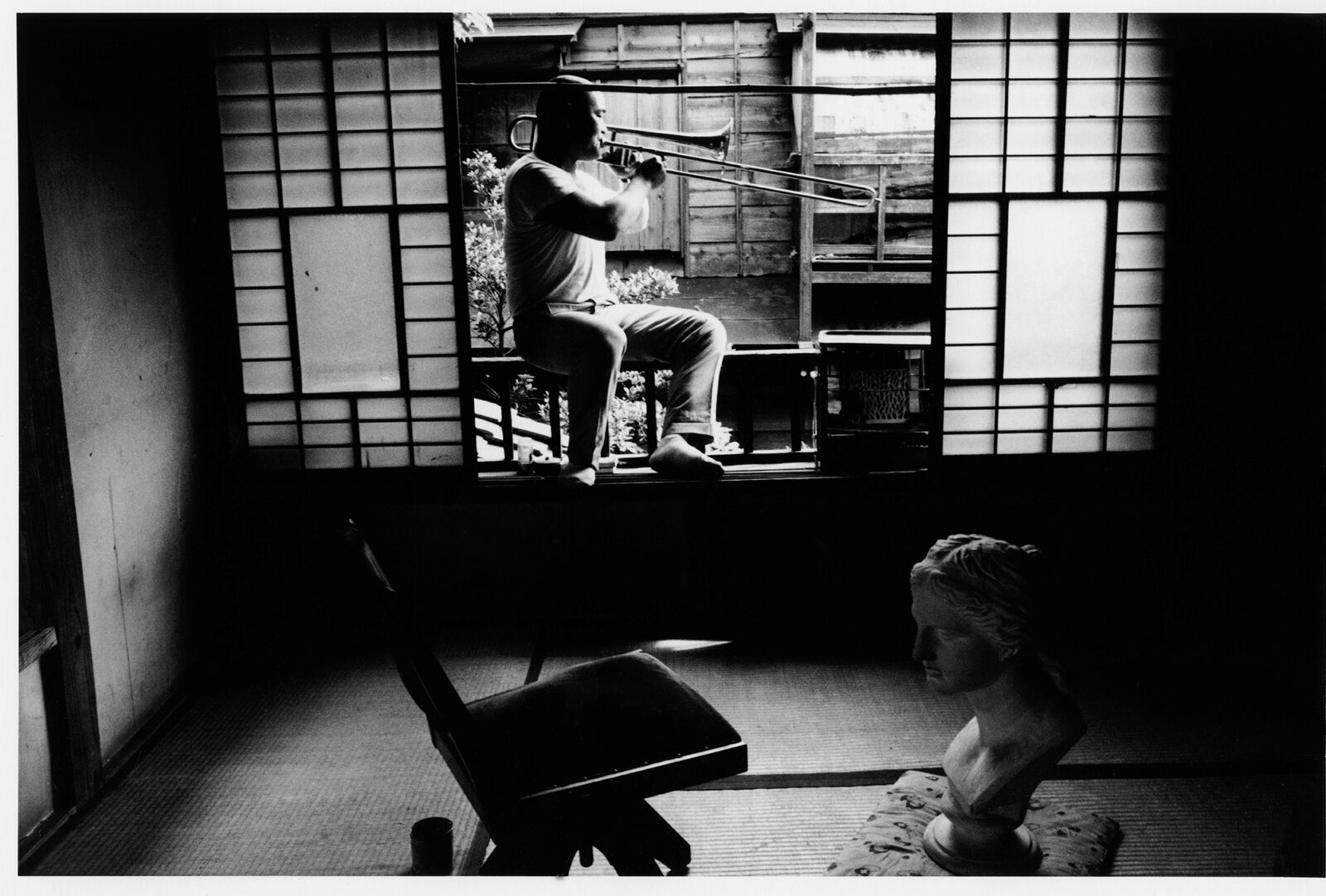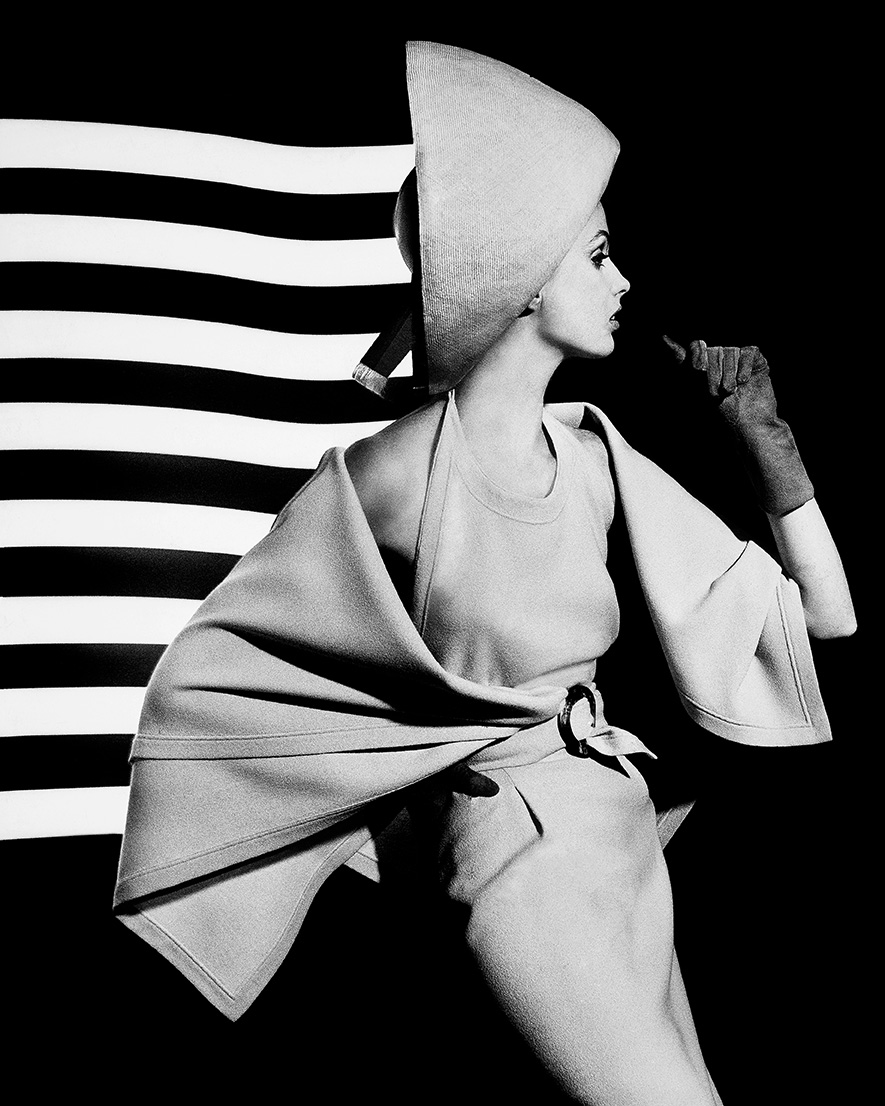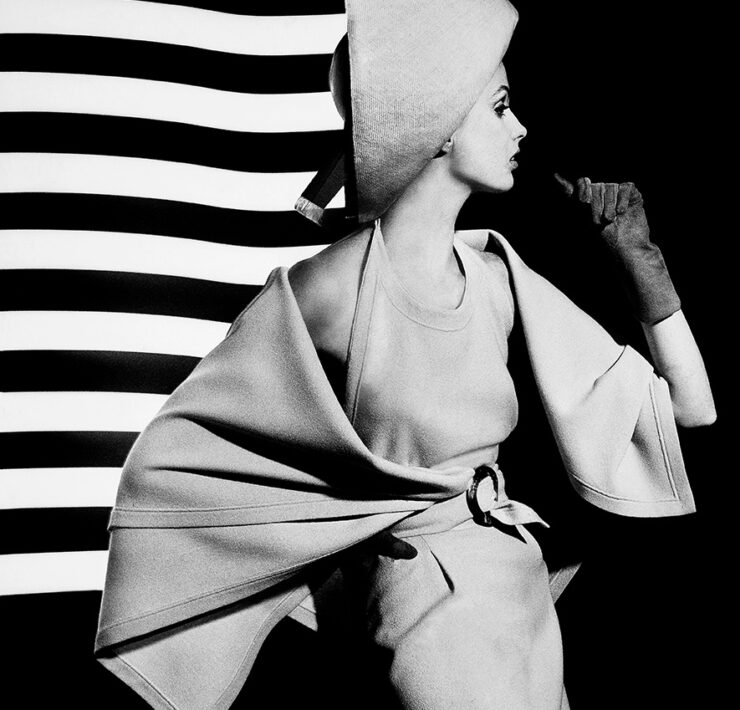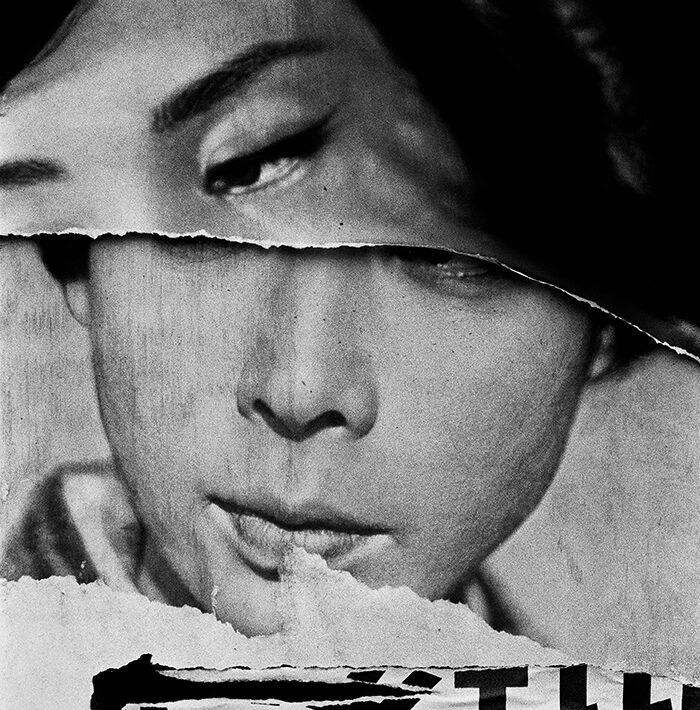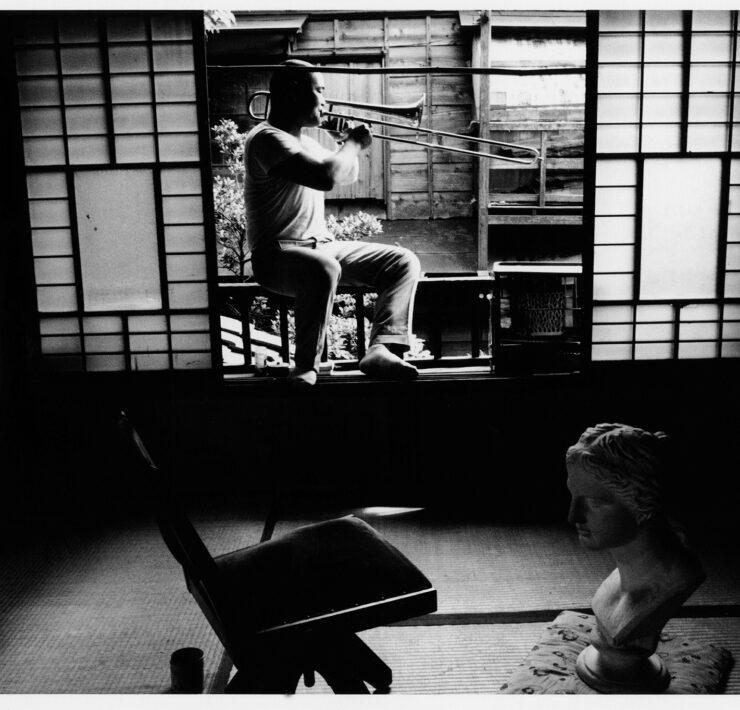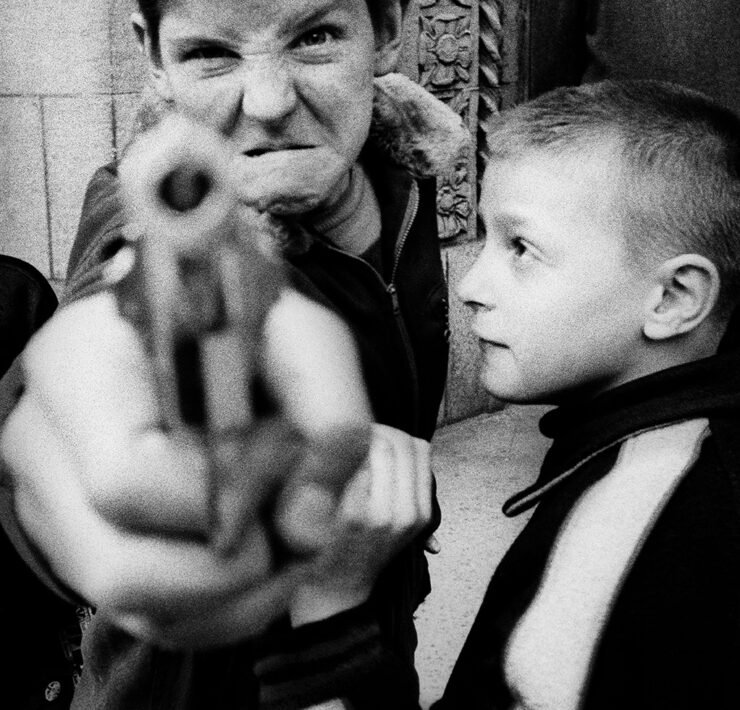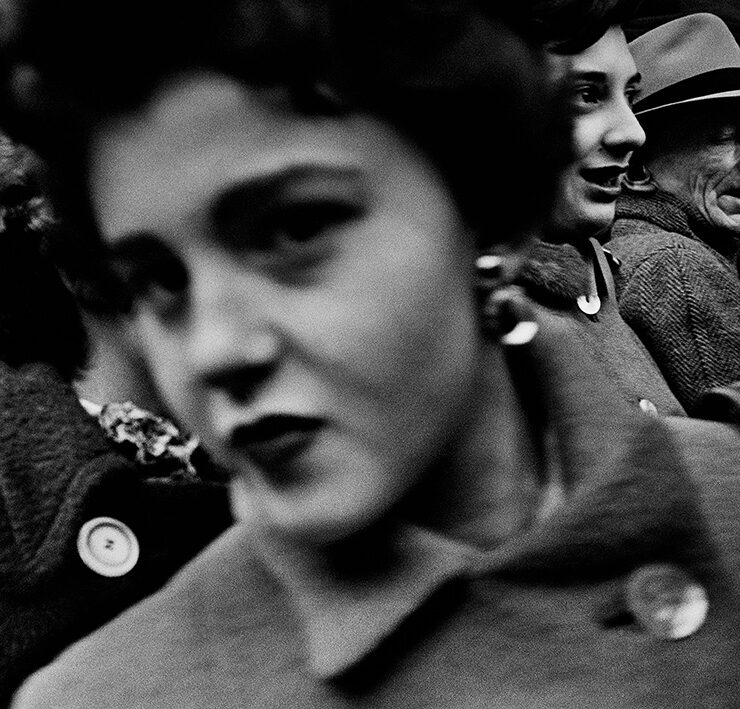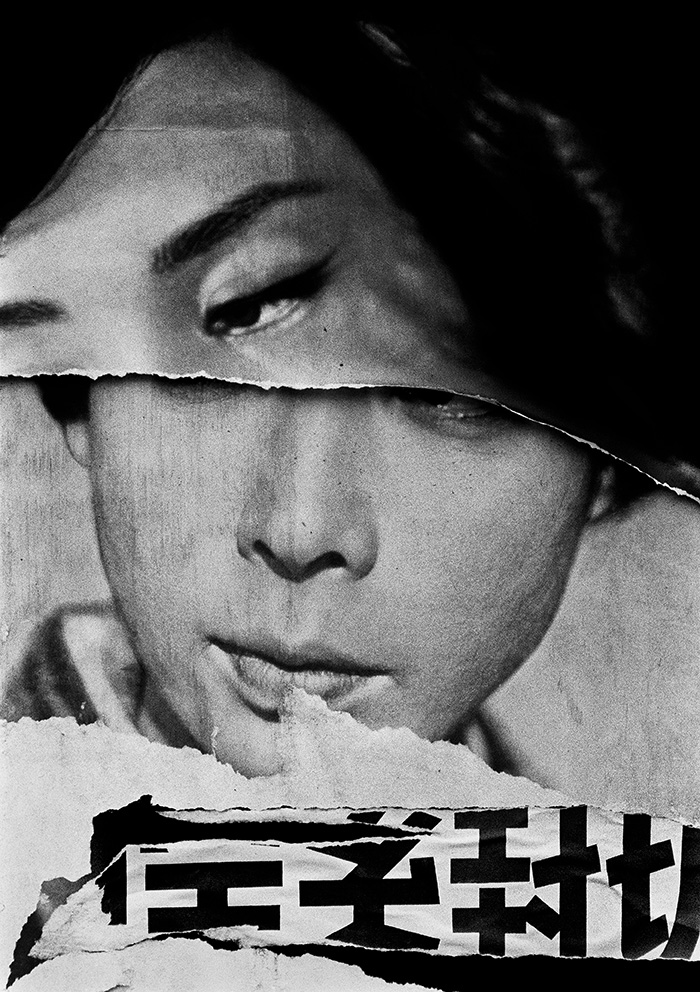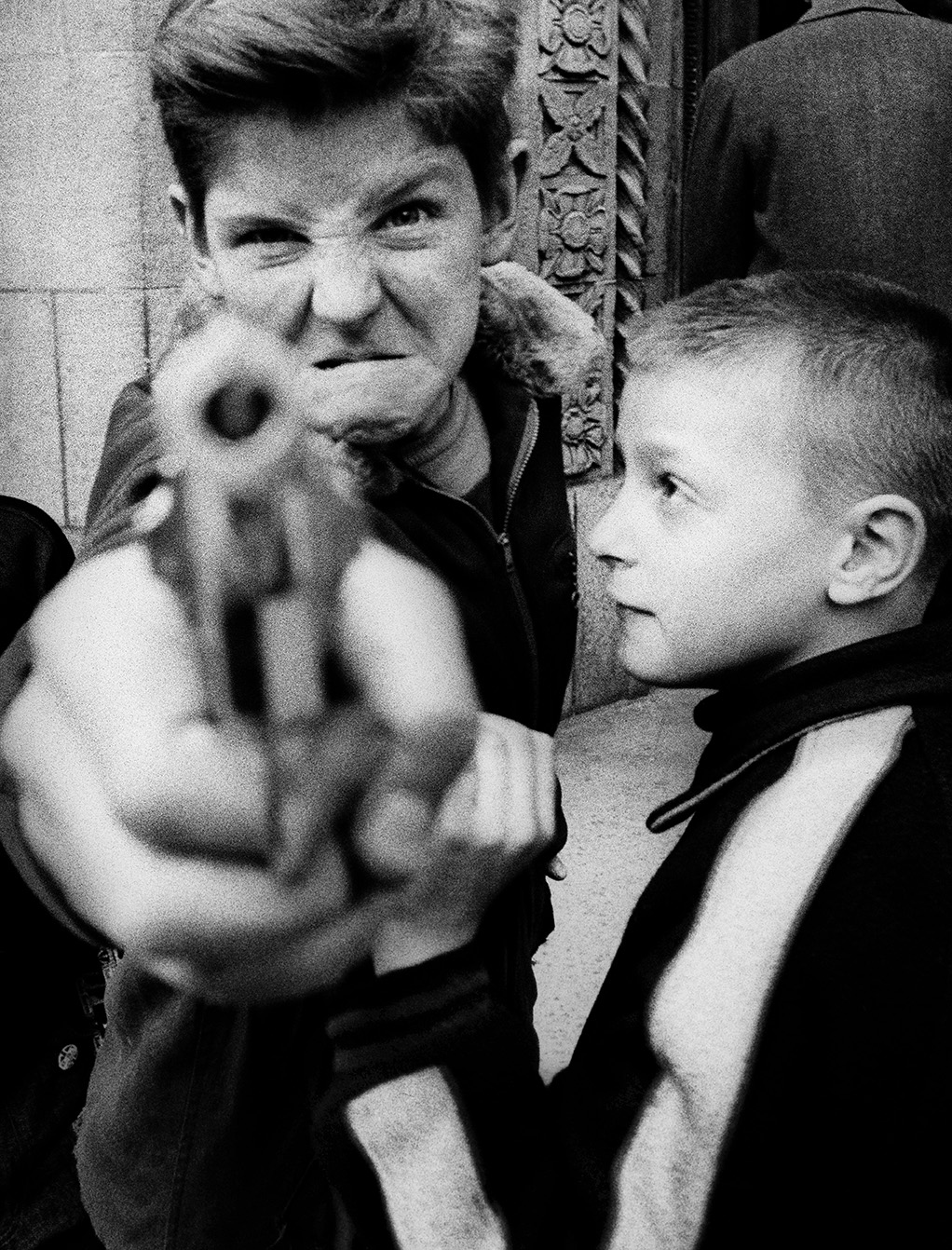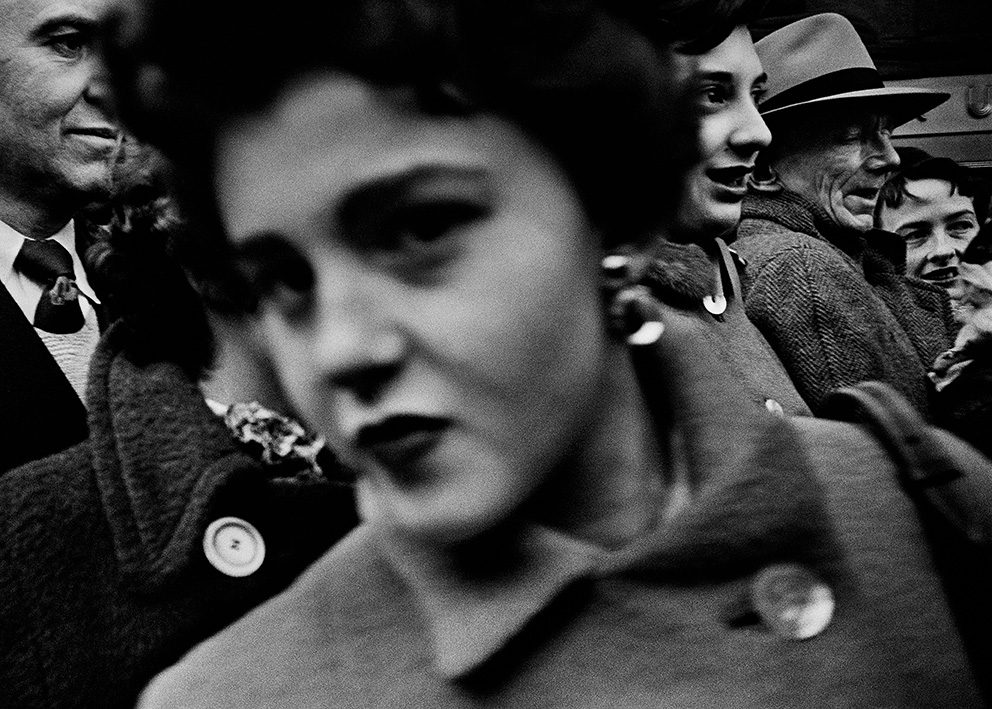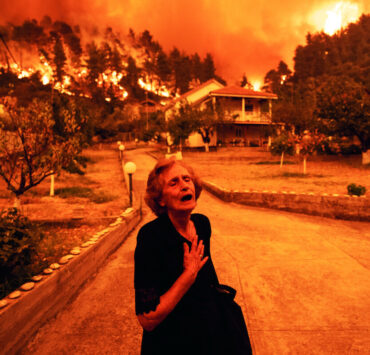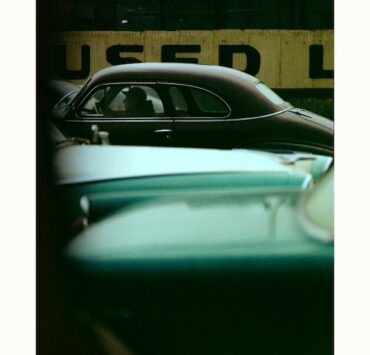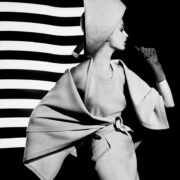
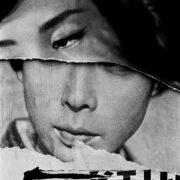
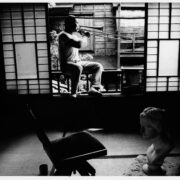
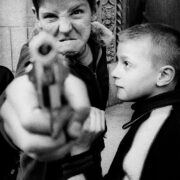 +1
+1 William Klein: Yes
William Klein: Yes
William Klein: Yes
Street photographer. Documentary filmmaker. Painter. Fictional filmmaker. Abstract photographer. Writer. Fashion photographer. Illustrator. Book creator. Exhibition designer.
Creating original and influential works in just one of these fields would already have been enough to secure William Klein a prominent place in any of these visual arts. To have succeeded in all of them while maintaining a high creative level throughout more than six decades is a remarkable achievement. Very few artists of his generation have created such a wide variety of works.
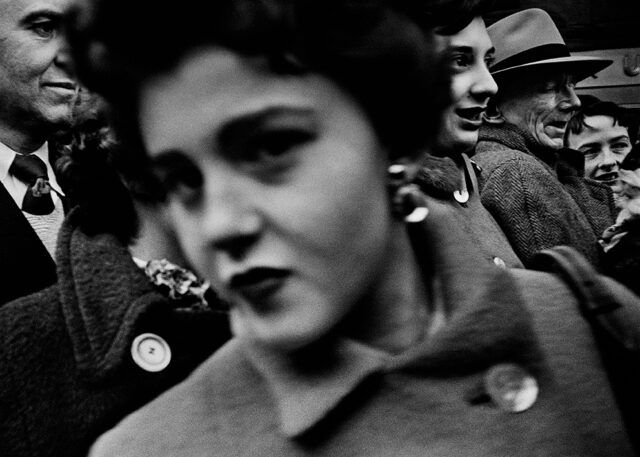
For a long time, Klein was known as a fashion photographer and street photographer or filmmaker. This means that different audiences knew about and valued different aspects of his work. The extent of his successes did not begin to gain recognition until very recently. Versatility runs counter to the idea that artistic importance is based on unique themes and recurring concerns. Today, however, it is accepted that artists who covered a wide range of subjects and avoided specialization are keys to understanding the culture of the last century.
This book, and my essay, closely follow the chronology of Klein’s development, often relentlessly, so that the connections between his different practices are evident. Almost from the beginning he has pursued several fronts at the same time. When he was practicing his now-celebrated street photography in New York in 1954-55, he was also breaking new ground in fashion photography in Vogue magazine and exploring abstraction in the darkroom and on canvas. Alternating between media, cultural settings, studio and street, the similarities were as clear as the differences. The changes became even more important when Klein entered the world of cinema.
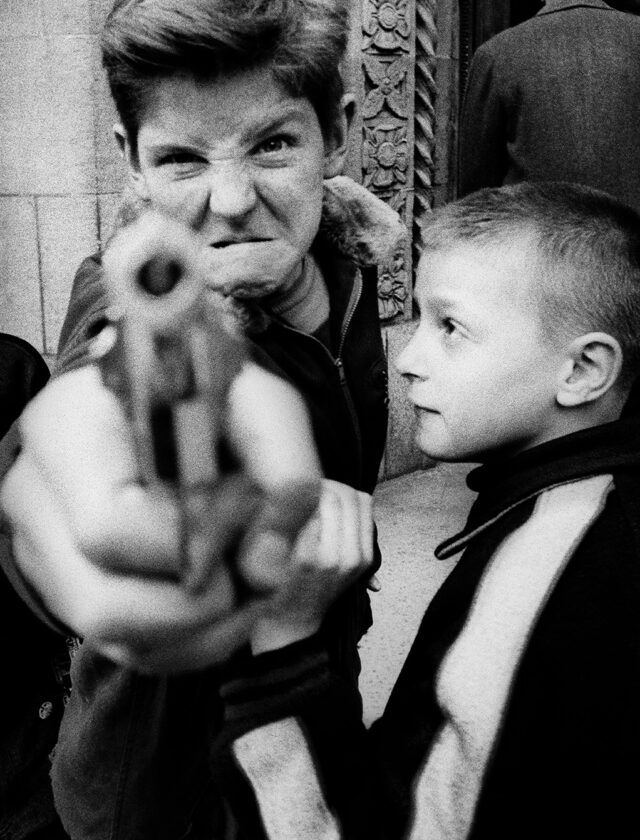
The visual energy of his fictional and documentary films evolved directly from photography.
A chronological approach also reveals complex relationships between Klein’s aesthetics and his political ideas. For example, his early experiences with racial tensions in New York informed his views on anti-colonial struggles in West Africa in the early 1960s, which in turn guided the direction he took with regard to state involvement. United in Vietnam and the global struggles for independence and equality.
As an American in Paris, Klein somehow created a highly productive kind of exile for himself, sandwiched between two cultures, but not adhering to either. The urge to see and connect with societies from around the world has also kept him uprooted. Klein has worked at the heart of the commercial image while he comes out as one of its most incisive critics.
He has created some of the most iconic and commercial fashion images, but also some of the most critical films about those worlds. From within, and from without.
About the author:
William Klein (1926-2022) was an American-born French photographer and filmmaker noted for his tongue-in-cheek approach to both mediums and his extensive use of unusual photographic techniques in the context of photojournalism and fashion photography.
Klein trained as a painter, studying with Fernand Léger and finding early success with exhibitions of his work. He soon turned to photography and achieved great fame as a fashion photographer for Vogue and for his photo essays in various cities. He directed feature fiction, numerous short and feature documentaries, and produced more than 250 television commercials.
He received the Prix Nadar in 1957, the Royal Photographic Society (HonFRPS) Centenary Medal and Honorary Scholarship in 1999 and the Outstanding Contribution to Photography Award at the Sony World Photography Awards in 2011.
Web sites:
Book: https://blume.net/fotografia/2257-william-klein-yes-9788419094469.html
Instagram Blume: www.instagram.com/editorial_blume

